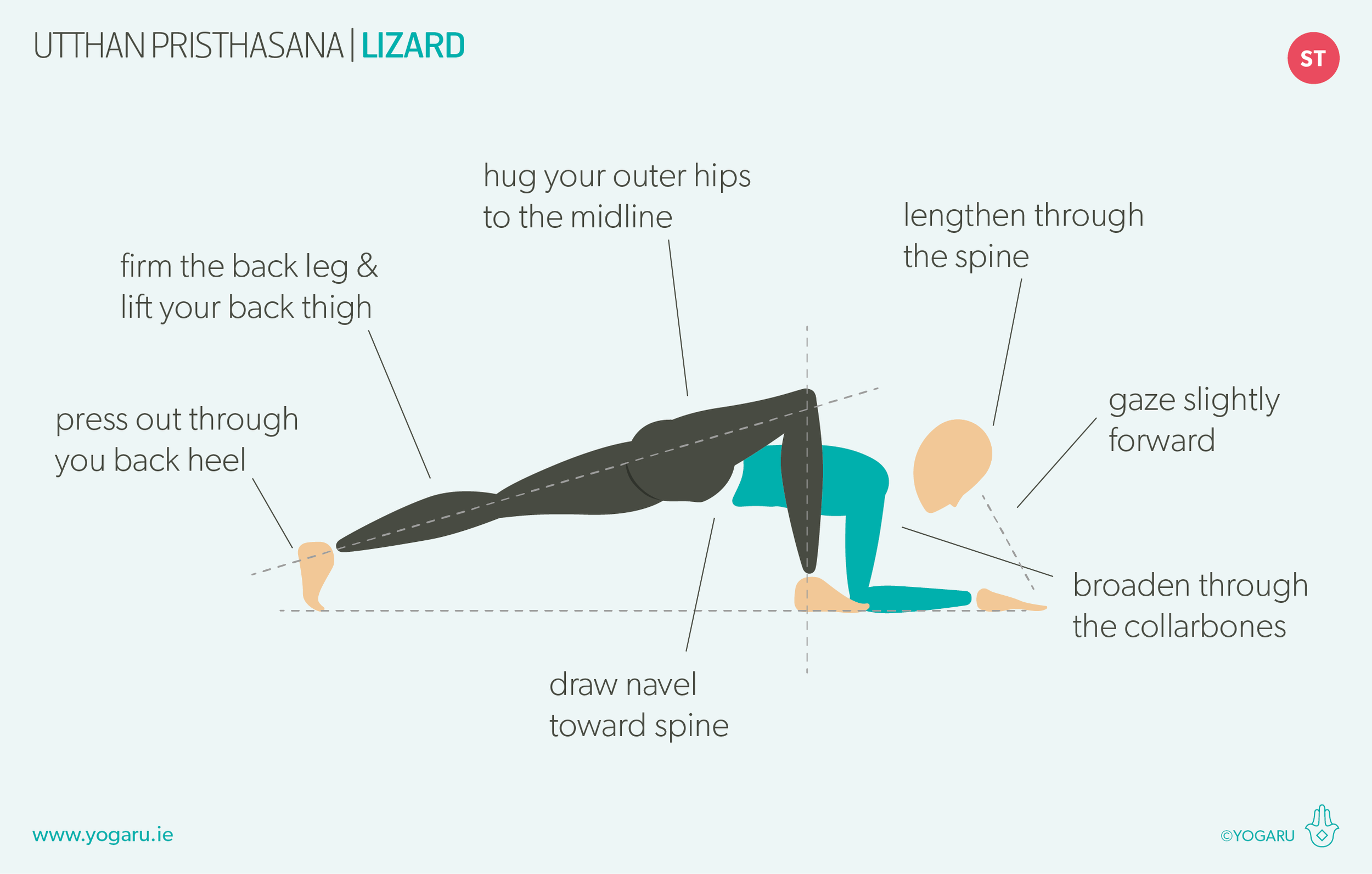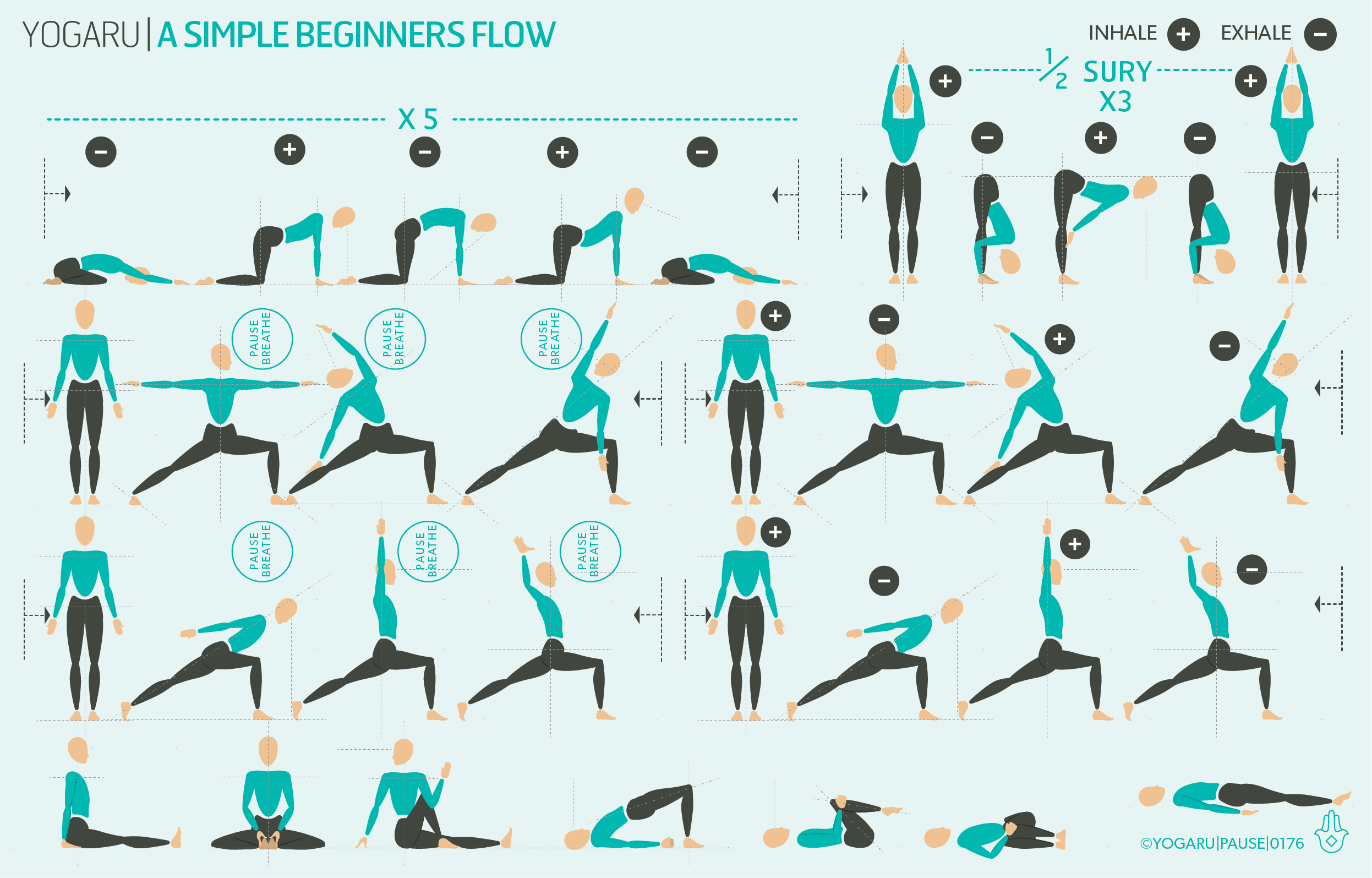ALL YOU NEED FOR CHRISTMAS
This year my gift to you is a Christmas flow with the essence of my previous Christmas sequences. It will be all you need for Christmas to help you enjoy time with friends and family, and get the most out of your Christmas break. My ultimate Christmas flow has a bit of everything to support you and give you some well earned self care. Think of it as an exchange in your energy bank between your outward energy debits, Christmas parties and socialising, and your inward energy savings, stepping on your mat and replenishing. This sequence will also give your immune system a kick start and help you stay well over the winter months. This one's a keeper that you can practise on repeat.
THE BENEFITS OF GETTING MOVING
Relaxing over your Christmas holidays should definitely be a priority, but that doesn’t mean you don't also prioritise adding a bit of movement and fresh air into each day to stop the Christmas cobwebs. Movement benefits you physically and mentally by keeping your joints and muscles working functionally; reducing stress and anxiety; improving heart rate variability (HRV); building strong lungs; reducing fatigue; regulating your hormones; and most importantly boosting Christmas festive happiness. Make it your priority to move every day over the Christmas break – whether it is stepping on your mat and practising this sequence, going for a walk or a run, or maybe even braving a winter sea swim!
EXPLORING THE ULTIMATE CHRISTMAS FLOW IN YOUR PRACTICE
This sequence starts with Sun Salutations to get you warmed up and start linking your breath with your movement. For a longer practice you can add extra rounds of the Sun Salutation or for a shorter practice you can just do one Sun Salutation at the start of each mini flow. It then kicks into your standing mini flows on row two and three. There is a generous sprinkling of standing balancing poses to boost your energy and stamina. The standing mini flows also have plenty of hip openers to relieve stress and anxiety, and twists to boost your circulation and metabolism. Each mini flow ends with a gentle backbend to stimulate counteract festive indigestion and help keep you regular. Backbends and twists are both fantastic poses to support your immune system over the winter months.
ALIGNMENT CUES
There is no specific peak pose in this simple beginners flow sequence. Focus on how each pose of the sequence feels while in the pose and after the pose.
Have a read of the tips below and either print out the sequence or save it onto your device:
Use the breath guide in the sequence to help you link breath with movement in the flow. Inhale is indicated with a ‘+’, exhale is a ‘-”.
If there are specific poses that you would like to stay longer in, give yourself three deep breaths in those poses, and pick up the next pose with the allocated inhale or exhale as indicated by the sequence.
For a longer practice add in a Sun Salutations at the start of each mini flow or repeat each mini flow.
To save the images for personal use click and hold down the image until the ‘save image’ option appears; on Mac hold down ‘control’ and click the image to get the option box; on PC right click on the image to get the option box. Scroll down in the ‘option box’ and click ‘save image’.
Ruth Delahunty Yogaru





